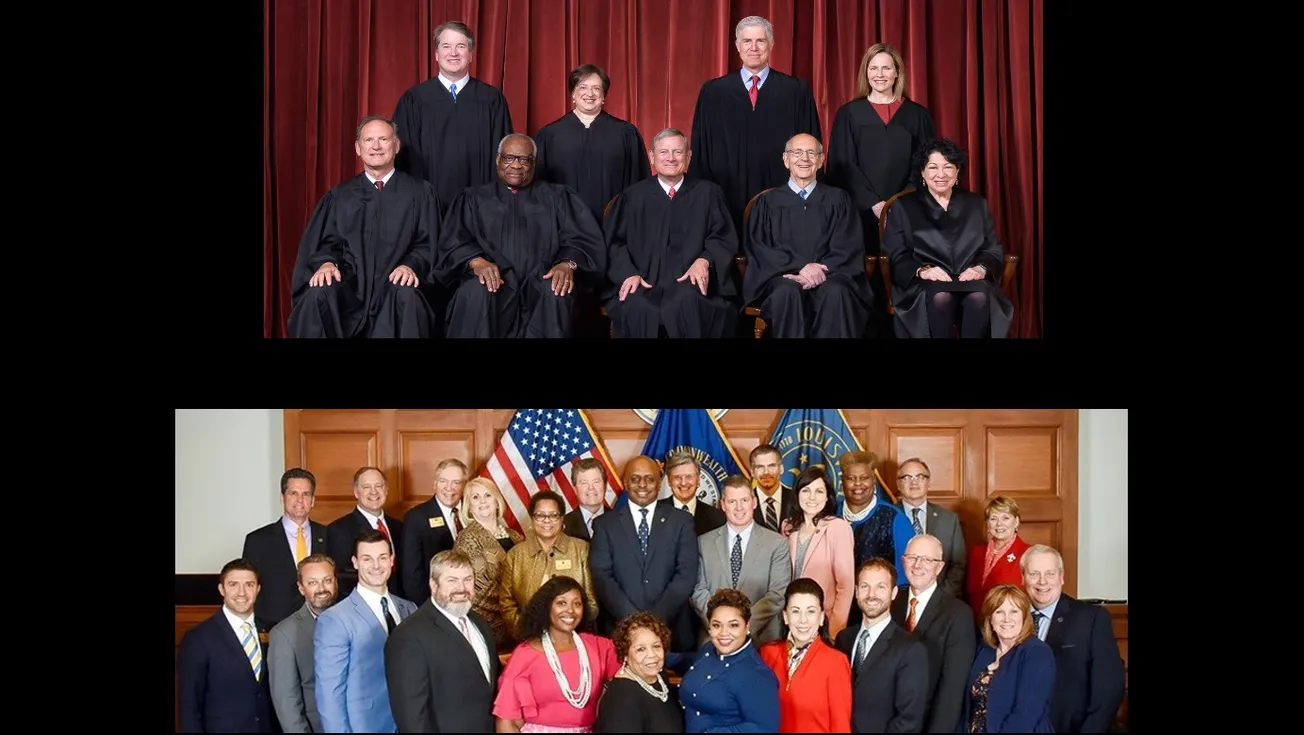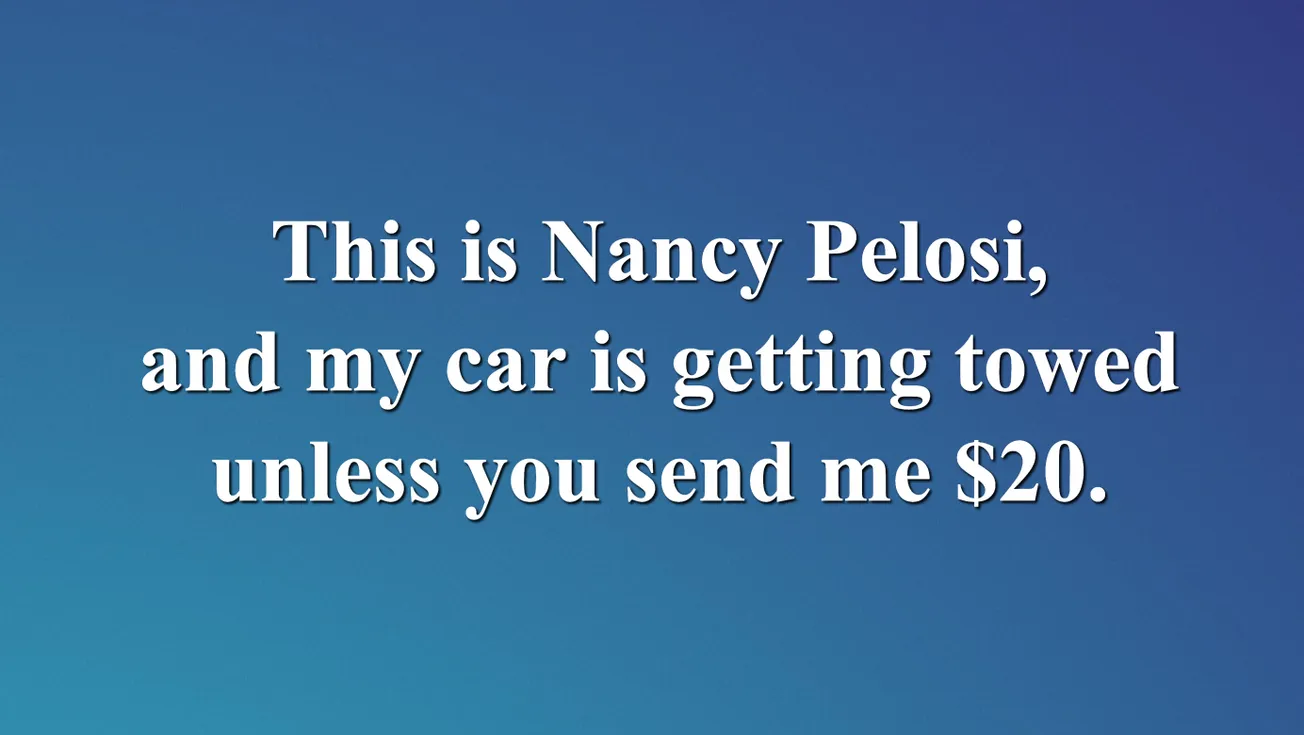A tale of two cities can be told about last month’s U.S. Supreme Court decision throwing out the Environmental Protection Agency’s plan to protect the environment from global warming.
It’s the worst of times in Washington, D.C. The Supreme Court’s June 30 decision rejecting the EPA’s plan to reduce global warming has rightfully received a lot of media attention. But the most stunning feature of the 31-page opinion has barely been mentioned: in this landmark case about what scientists agree is a worldwide catastrophe, there is not a single mention of the threats posed by climate change. The words “global” and “warming” don’t appear in the opinion at all. The word “climate” appears six times, but only as part of quotations from earlier judicial rulings and regulations.
Instead, the court majority’s concern, which is discussed at length in the ruling, is electric utility profit margins.
Examining the tree, ignoring the forest
Times are better in Louisville where the Metro Council has committed to 100% clean energy by 2040. It passed a resolution two years ago calling for city government operations to be run completely with clean, renewable electricity by 2030. By 2040 the resolution would have all of Louisville using clean, renewable energy.
One city is taking action on a credible threat to our way of life. The other is, “Meh.”
That’s why the Louisville Metro Council is smarter than the U.S. Supreme Court. The apt analogy for the court’s position is the one about “not seeing the forest for the trees.” Louisville has chosen to look out and see the forest. The Supreme Court has overlooked the forest and instead selected just one of the trees (the electric utility industry) and carefully examined its bark.
Here’s why this matters. We’re all living through a hot summer and we’ve seen the reports about global warming contributing to more frequent and severe storms and wildfires. We’ve heard about glaciers melting and sea levels rising until we’re numb to it. It feels too overwhelming to wrap our heads around.
But it’s getting increasingly clear that inaction on limiting the greenhouse gas emissions that feed climate change are hitting home, and are getting worse. Here are a few of the things the Supreme Court didn’t think mattered as it considered a case about global warming:
• Energy prices are heading up, not just because of the effect the war in Ukraine is having on Russia’s oil supplies, but also because high temperatures are boosting electricity demand and straining energy production and distribution.
• The economy is taking a hit from global warming, and it will get worse. A federal report coordinated by the National Oceanic and Atmospheric Administration warns: “Rising temperatures, extreme heat, drought, wildfire on rangelands, and heavy downpours are expected to increasingly disrupt agricultural productivity in the United States. Expected increases in challenges to livestock health, declines in crop yields and quality, and changes in extreme events in the United States and abroad threaten rural livelihoods, sustainable food security, and price stability.”
• Our national security is threatened. Last year the Department of Defense issued a report that says: “Increasing temperatures; changing precipitation patterns; and more frequent, intense, and unpredictable extreme weather conditions caused by climate change are exacerbating existing risks and creating new security challenges … climate change-related impacts could stress economic and social conditions that contribute to mass migration events or political crises, civil unrest, shifts in the regional balance of power, or even state failure.”
In short, our lack of action on slowing climate change guarantees that our children and grandchildren will face a lower quality of life.
But none of that matters to the Supreme Court’s majority. Here’s what’s behind their ruling.
What SCOTUS did, and why
The court’s decision throws out the basis of President Obama’s 2015 “Clean Power Plan” to have the EPA set limits on the greenhouse gases that cause global warming. When the plan was announced, several states sued, saying the EPA didn’t have the authority to set those kind of limits. Last month’s ruling sided with those states.
A notable aspect of the ruling is that it does not prohibit the EPA from regulating greenhouse gases, it just makes it harder. The Obama Clean Power Plan set emission limits for each state that industry had to figure out how to meet. In rejecting that approach, one possible result of the Court’s decision is that it could allow the EPA to set regulations for each power plant one at a time.
So what the court effectively did was throw out a carefully-considered plan to deal with one of the most difficult problems facing the planet, and replace it with a “who cares?”
So what the Supreme Court did was throw out a carefully-considered plan to deal with one of the most difficult problems facing the planet, and replace it with a “who cares?”
Why did it make such a ruling?
Much of the opinion is devoted to arguing that The Clean Power plan could have such a huge effect on the electric utility industry that it’s too big for a regulatory agency like the EPA. That authority, says the Court, can only come from Congress passing a law specifically approving the EPA plan.
Of course that’s not going to happen in politically deadlocked Washington. The Court knows that its requirement of congressional approval dooms the Clean Power Plan.
A bright future for utilities
But the thing is, Congress did pass such a law. As early as 1955 it started passing pollution control laws, up through the Clean Air Act of 1970 which has since been amended and reaffirmed several times over the decades. Congress created The Clean Air Act to “protect and enhance the quality of the Nation's air resources so as to promote the public health and welfare and the productive capacity of its population.”
Despite those straightforward instructions from our elected representatives in Congress, the main concern outlined in the Supreme Court majority’s opinion is that greenhouse gas rules might hurt the economic health of the electric utility industry.
Two issues with that.
First, utilities are doing just fine. They’re full of very smart, creative, and capable people, including economists and engineers, who can read the trends and plan accordingly. For years utilities have been retiring greenhouse-gas-emitting coal plants and replacing them with natural gas and renewable energy. This year alone they plan to retire 6% of the nation’s coal-fired capacity.
And their future looks bright. Electric cars and other forms of electrification are increasingly being seen as solutions to global warming. One investment analysis says that in the past year when stocks went down 9%, utilities went up 12%. The Kiplinger financial advisor says, “In a volatile environment like Wall Street has seen so far in 2022, utility stocks have been one of the few corners of the market that have shown resilience.”
Second, if the Supreme Court is going to ignore the legal directive of The Clean Air Act and instead focus on practical consequences, it chose the wrong victim. The possible effects of the EPA rule on the utility industry doesn’t even come close to the global warming warnings from places as diverse as the United Nations, every credible scientist, and federal agencies from the National Oceanic and Atmospheric Administration, to the Agriculture Department to the Defense Department.
The Supreme Court fails to even acknowledge that the world faces a crisis, in a case that is specifically about that crisis.
That contrasts with local leaders like Louisville, which has formally recognized global warming as a problem we need to address. The Mayor’s office is actively working to implement the plan to reach the 2040 clean energy goal. And Louisville’s not alone. Across the country some 200 cities have adopted similar green energy resolutions.
It’s the smart thing to do.
--30--
Comments







